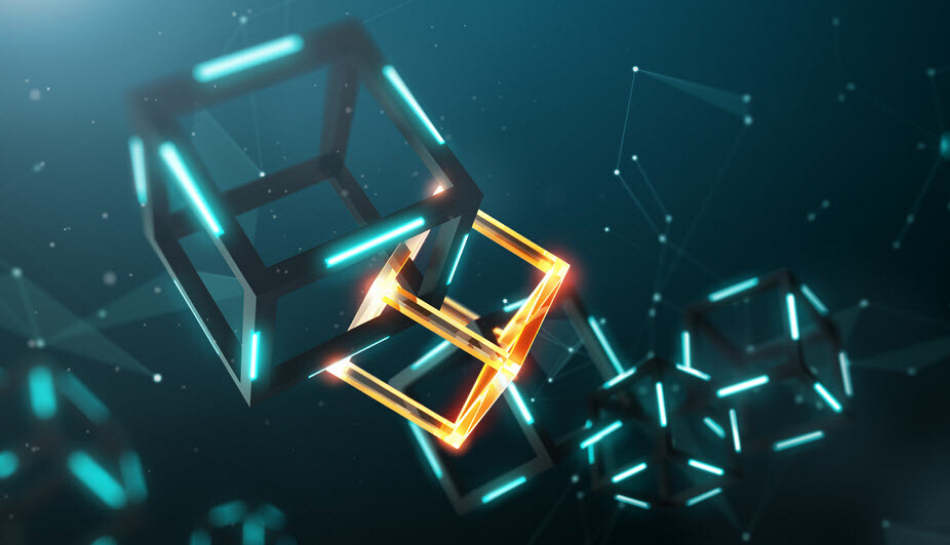Blockchain, what is it?
We have been hearing about Blockchain lately in the media and in the tech sector more and more.
But what is it?
To understand the concept of blockchain in a simple way, imagine that an exaggeratedly large bird lands in a crowded square and steals everyone's food, then, just as quickly as it arrived, it leaves. Without wasting much time, a lie detector is placed on all witnesses and what they saw is recorded. They all tell the same story with identical details, would there be any doubt about the landing of said bird?
That is the principle by which the "blockchain" is governed, a technology that can change our relationship with the digital world forever.
Imagine a text file with two columns, where in one column you put an identifier (example "abc") and in the other a number (example "34"). In other words, "abc" corresponds to "34". Now imagine that this file could be duplicated on thousands of computers, with the assurance that no one can treacherously alter it but when something must legitimately be altered, in a matter of seconds, they are all synchronized. Even if one of the thousands of computers disappeared from the network, nothing would happen. This is what Blockchain achieves and although its magic is much more complex and composed of more pieces such as cryptography, in essence it seeks: a distributed registry resistant to synchronization and without the need for trust between the members that make it up.
If you want to know a little more about blockchain, wait for the second part of this post.


